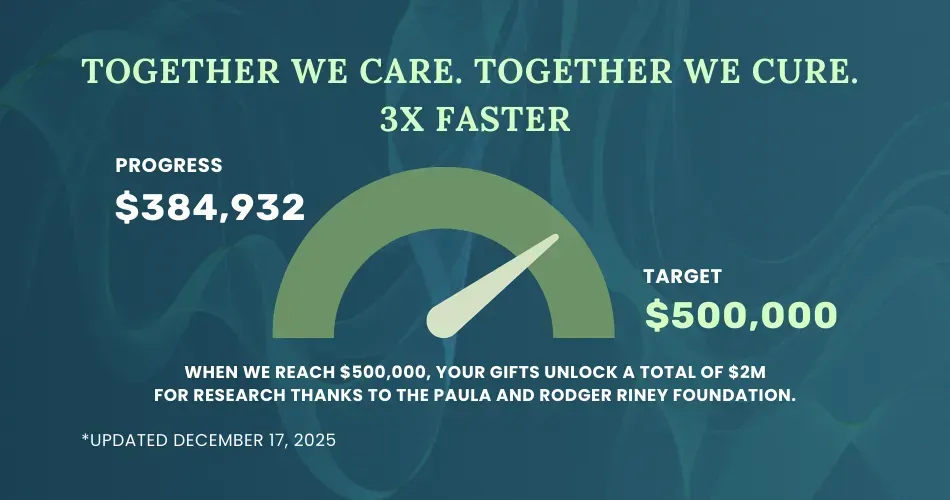Frequently Asked Questions About Lymphoma: B vs. T Cells

Lymphoma is the most common type of blood cancer. It affects the lymphocytes, which are white blood cells that help to fight infection. This article addresses common questions about lymphoma, focusing on B vs. T cells, aggressive forms, and curability.
Lymphomas typically form when a mutation occurs within a lymphocyte, causing the abnormal cell to replicate at a faster rate or live longer than a normal lymphocyte. Cancerous lymphocytes can travel through the blood and lymphatic system, spreading and growing in various parts of the body, including the lymph nodes, spleen, bone marrow, and other organs.
B Cells and T Cells
Both B and T cells are essential for fighting infection, but they differ in function:
- B Cells: Think of B cells as the body's security guards that produce antibodies. These antibodies are Y-shaped proteins that specifically target and latch onto the surface of bacteria and viruses, marking them for destruction by other immune system components. In some cases, B cells can even produce antibodies that directly attack cancer cells, helping to slow tumor growth. However, B cells can also be a double-edged sword: sometimes, they release substances called cytokines that can unintentionally suppress the immune response against cancer.
- T Cells: T cells are the warriors of the immune system. There are two main types of T cells:
- Helper T cells: These T cells act as commanders, coordinating the immune response by helping B cells produce antibodies and stimulating the development of killer T cells.
- Cytotoxic T cells: As the name suggests, these T-cells directly attack and eliminate infected or cancerous cells within the body. They are like the special forces of the immune system, eliminating specific threats. CAR T-cell therapy, a promising new treatment approach, involves engineering a patient's own T cells to recognize and destroy cancer cells.

What are the Most Frequent Types of Lymphomas?
There are two main types of lymphoma: Hodgkin lymphoma and non-Hodgkin lymphoma (NHL). NHL is the most common type of lymphoma, and almost 90% of them develop from cancerous B cells.
- Diffuse Large B-cell Lymphoma (DLBCL): This is the most frequent type of lymphoma, representing about 30% of all cases. DLBCL can be aggressive and spread quickly, often affecting older people. Treatment for DLBCL typically involves chemotherapy, with newer options like CAR T-cell therapy showing promise for certain patients.
- Follicular lymphoma: This slow-growing type (20% of cases). While not curable, effective treatments can achieve remission, meaning a significant reduction in symptoms and cancer cells. Patients with follicular lymphoma can often live long and productive lives with regular monitoring and treatment when needed.
- Mantle Cell Lymphoma (MCL): This slow-growing form (5% of cases) usually occurs in older patients. Currently, MCL is not curable, but treatment can offer extended periods without needing therapy. Researchers are actively developing new treatment options for MCL.
What Types Of Lymphomas Are Not Curable?
Even some slow-growing lymphomas are often incurable, but with treatment, remission can be achieved for long periods of time.
Burkitt lymphoma is the fastest-growing and considered the most aggressive type of lymphoma, although it's relatively rare, accounting for only about 2% of all lymphoma diagnoses. Early diagnosis and aggressive treatment are critical.
Early diagnosis is crucial for all lymphomas. If you have concerns about enlarged lymph nodes, night sweats, or other potential symptoms, consult your doctor promptly. Early detection allows for the most effective treatment options and improves overall prognosis.
Continue learning about lymphoma with the free resources at HealthTree Foundation:
- Explore our 101 patient guides on DLBCL, Follicular lymphoma, or T-cell lymphoma.
- Learn directly from lymphoma experts with Healthtree University.
- Sign up for our DLBCL Newsletter or the Follicular Lymphoma Newsletter to stay up-to-date with the latest advancements in lymphoma treatment.
Lymphoma is the most common type of blood cancer. It affects the lymphocytes, which are white blood cells that help to fight infection. This article addresses common questions about lymphoma, focusing on B vs. T cells, aggressive forms, and curability.
Lymphomas typically form when a mutation occurs within a lymphocyte, causing the abnormal cell to replicate at a faster rate or live longer than a normal lymphocyte. Cancerous lymphocytes can travel through the blood and lymphatic system, spreading and growing in various parts of the body, including the lymph nodes, spleen, bone marrow, and other organs.
B Cells and T Cells
Both B and T cells are essential for fighting infection, but they differ in function:
- B Cells: Think of B cells as the body's security guards that produce antibodies. These antibodies are Y-shaped proteins that specifically target and latch onto the surface of bacteria and viruses, marking them for destruction by other immune system components. In some cases, B cells can even produce antibodies that directly attack cancer cells, helping to slow tumor growth. However, B cells can also be a double-edged sword: sometimes, they release substances called cytokines that can unintentionally suppress the immune response against cancer.
- T Cells: T cells are the warriors of the immune system. There are two main types of T cells:
- Helper T cells: These T cells act as commanders, coordinating the immune response by helping B cells produce antibodies and stimulating the development of killer T cells.
- Cytotoxic T cells: As the name suggests, these T-cells directly attack and eliminate infected or cancerous cells within the body. They are like the special forces of the immune system, eliminating specific threats. CAR T-cell therapy, a promising new treatment approach, involves engineering a patient's own T cells to recognize and destroy cancer cells.

What are the Most Frequent Types of Lymphomas?
There are two main types of lymphoma: Hodgkin lymphoma and non-Hodgkin lymphoma (NHL). NHL is the most common type of lymphoma, and almost 90% of them develop from cancerous B cells.
- Diffuse Large B-cell Lymphoma (DLBCL): This is the most frequent type of lymphoma, representing about 30% of all cases. DLBCL can be aggressive and spread quickly, often affecting older people. Treatment for DLBCL typically involves chemotherapy, with newer options like CAR T-cell therapy showing promise for certain patients.
- Follicular lymphoma: This slow-growing type (20% of cases). While not curable, effective treatments can achieve remission, meaning a significant reduction in symptoms and cancer cells. Patients with follicular lymphoma can often live long and productive lives with regular monitoring and treatment when needed.
- Mantle Cell Lymphoma (MCL): This slow-growing form (5% of cases) usually occurs in older patients. Currently, MCL is not curable, but treatment can offer extended periods without needing therapy. Researchers are actively developing new treatment options for MCL.
What Types Of Lymphomas Are Not Curable?
Even some slow-growing lymphomas are often incurable, but with treatment, remission can be achieved for long periods of time.
Burkitt lymphoma is the fastest-growing and considered the most aggressive type of lymphoma, although it's relatively rare, accounting for only about 2% of all lymphoma diagnoses. Early diagnosis and aggressive treatment are critical.
Early diagnosis is crucial for all lymphomas. If you have concerns about enlarged lymph nodes, night sweats, or other potential symptoms, consult your doctor promptly. Early detection allows for the most effective treatment options and improves overall prognosis.
Continue learning about lymphoma with the free resources at HealthTree Foundation:
- Explore our 101 patient guides on DLBCL, Follicular lymphoma, or T-cell lymphoma.
- Learn directly from lymphoma experts with Healthtree University.
- Sign up for our DLBCL Newsletter or the Follicular Lymphoma Newsletter to stay up-to-date with the latest advancements in lymphoma treatment.

about the author
Lisa Foster
Lisa Foster is a mom of 3 daughters and 1 perfect grandchild, a puzzle lover, writer and HealthTree advocate. She believes in the mission of the foundation and the team that builds it forward. She calls Houston, Texas home.
Trending Articles
Get the Latest Hodgkin Lymphoma Updates, Delivered to You.
By subscribing to the HealthTree newsletter, you'll receive the latest research, treatment updates, and expert insights to help you navigate your health.
Together we care.
Together we cure.
3x Faster.








